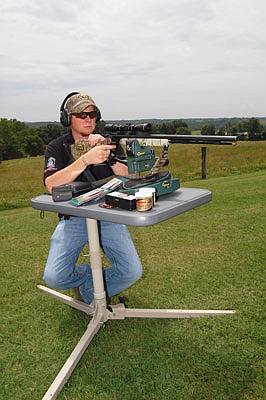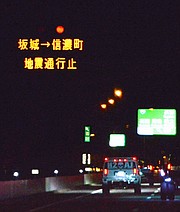Serious hunters know preparing for deer season is a year-round ordeal. There are always stands to hang, shooting lanes to clear, food plots to plant, clothes to wash and so much more. But perhaps the most important aspect of deer hunting preparation, which unfortunately often goes overlooked, is target shooting.
Be honest. How much time did you spend shooting your firearm prior to deer season? Practice isn't always fun, but it is important. Practice makes us the best we can be, no matter what we are trying to accomplish. Time at the range isn't just about making sure your hunting firearm shoots accurately, it's about you and building muscle memory and mental strength. Practice builds the skills that make you a better, more confident, shooter.
Shooting firearms requires a proper location. Such locations include public or private gun ranges, rural property, or if you're lucky enough, the backyard. Whatever your situation may be, make the most of it.
Target shooting tools
Target shooting doesn't have to be a chore, it can actually be fun. Like most endeavors, if you are prepared with all the tools you need, it's a much smoother process. Quality equipment is important and can make the difference between a positive experience or a painstaking outing.
You need a target to shoot at. Targets can be as a simple as a paper plate with a dot drawn in the middle, or as complex as super high-density steel. You must have a target stand, too. These can be made from wood or bought commercially. The rest of your target shooting accessories are technically unnecessary, but many sure make the experience more enjoyable. A shooting table or bench is extremely helpful. A shooting rest is also an important tool. The best rest I've ever used is the Caldwell Lead Sled.
Where to shoot
Public shooting ranges are nice for a number of reasons. They usually have quality shooting benches, and target stands set at established distances. There's also the camaraderie, if you're interested. Chances are there will be other shooters at the range. Your state conservation agency should also have a list of public shooting ranges. Many of these coincide with fish and wildlife areas, state forests or state parks. The National Shooting Sports Foundation (NSSF), has designed a separate web site devoted to helping you find a range. The web site is simply called "Where to Shoot," and can be found at www.wheretoshoot.org.
Build your own range
Open terrain and a suitable backstop are starting points for a rifle range. If you have enough land and live where shooting is acceptable, you can build your own range. Having a gun range at home or where you deer hunt is convenient. After supper, you can grab your rifle or shotgun and head out to the range to practice a few shots. You don't even have to use your centerfire rifle. Regular practice with a good plinking .22-caliber helps. The more you shoot, the better your hand-eye coordination becomes. Your trigger pull improves and the overall process of shooting becomes more natural.
Building a range at camp or on your hunting property is great because it promotes shooting. Do you have any hunting buddies who are notorious for wounding game? I do. How popular is ol' Willie when the rest of the hunters on the property learn he gut-shot another one? Having a range onsite makes shooting a natural way to pass downtime. The benefits of practice become secondary to the enjoyment of shooting.
No matter what, safety must always be your first priority when shooting. Wherever you decide to set up your range, be sure you are in a safe location. You must be 100 percent positive of what lies beyond your target. Either set your target stand in front of a proper backstop or take the time to build one. Mound up dirt or a wood pile. And of course, always wear hearing and eye protection.
See you down the trail.
III
Brandon Butler, the director of communications for Roeslein Alternative Energy, is an outdoors columnist for the News Tribune. Contact him at [email protected].


